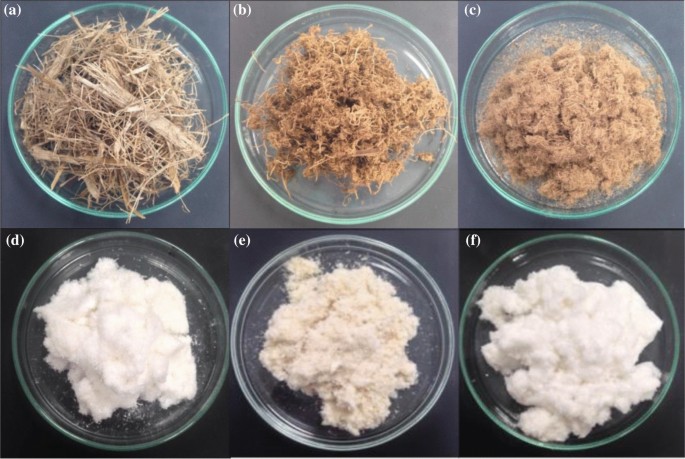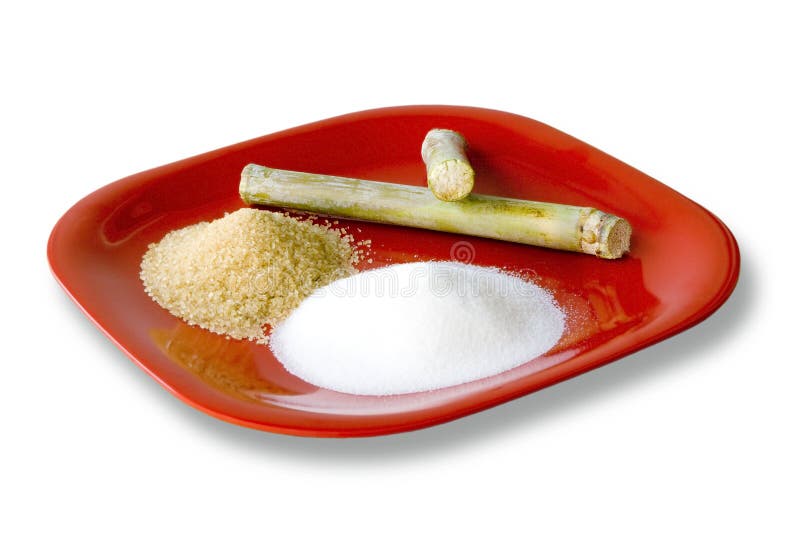Lasting Sugarcane Products: From Sweeteners to Eco-Friendly Goods
The capacity of sustainable sugarcane products expands beyond conventional sweeteners to encompass a series of green products, providing a compelling case for their integration into contemporary consumer methods - sugarcane product. As the globe comes to grips with pressing environmental issues, sugarcane emerges as a versatile resource capable of dealing with both dietary requirements and sustainability goals. This conversation will certainly explore how advancements in sugarcane farming and handling can cause significant developments in naturally degradable product packaging and eco-conscious textiles. What effects might these developments have for future customer options and ecological impact?
Review of Sugarcane Sustainability
As the demand for ecologically pleasant items grows, understanding sugarcane sustainability ends up being progressively important. Sugarcane, a flexible plant, is grown largely in subtropical and tropical areas, and its sustainability is vital for both environmental health and economic viability. Lasting sugarcane farming practices focus on lessening eco-friendly effect while making the most of performance and productivity.
Trick elements of sugarcane sustainability include reliable land use, minimized chemical input, and boosted water management. Practices such as plant turning, integrated insect management, and organic fertilization add to dirt wellness and biodiversity. Additionally, innovative technologies, such as precision agriculture, aid maximize resource usage and minimize waste.
In addition, sugarcane is an eco-friendly resource, with byproducts that can be made use of in different industries, from biofuels to biodegradable plastics, thereby lowering dependence on fossil fuels and lessening carbon footprints. Accreditations like the Bonsucro conventional encourage sustainable methods across the supply chain, advertising transparency and accountability.

Sugarcane-Based Sweeteners
Using sugarcane as a main resource, sugarcane-based sugar have actually acquired prominence as natural choices to polished sugars and artificial sugar (sugarcane product). These sweeteners, derived from the removal and handling of sugarcane juice, offer a variety of products that provide to varied customer choices, including organic and minimally processed choices
Amongst one of the most significant sugarcane-based sweeteners are raw walking stick sugar, panela, and molasses. Raw walking cane sugar preserves even more of the natural flavors and nutrients found in sugarcane, making it a preferred choice for health-conscious consumers. Panela, a conventional Latin American sugar, is produced by evaporating sugarcane juice, protecting its natural minerals and vitamins. Molasses, a byproduct of sugar extraction, is rich in anti-oxidants and vital nutrients, working as a nutritious sweetening agent in different cooking applications.
The growing need for sugarcane-based sugar is driven by increasing awareness of wellness and sustainability issues related to standard sugar. By choosing sugarcane-derived products, customers not only sustain lasting farming practices yet likewise add to a healthier lifestyle, straightening their nutritional choices with their environmental worths.
Biodegradable Packaging Solutions
Becoming a practical choice to traditional plastics, eco-friendly product packaging solutions derived from sugarcane are changing the packaging market. These innovative materials give an eco-friendly alternative that deals with the expanding worries over plastic contamination. Making use of the all-natural sugars discovered in sugarcane, makers are developing numerous kinds of biodegradable product packaging, including movies, containers, and wraps that disintegrate a lot more swiftly than conventional plastics.
The primary benefits of sugarcane-based packaging hinge on its renewable sourcing and its capability to break Find Out More down into non-toxic results. Unlike fossil fuel-derived plastics, which can continue in the setting for centuries, sugarcane packaging normally disintegrates within a few months under appropriate problems. This reduction in waste not only mitigates garbage dump overflow however also lowers the carbon impact connected with packaging materials.
Moreover, sugarcane-derived product packaging preserves robust efficiency features, supplying comparable sturdiness and performance to traditional alternatives. As customers and organizations increasingly focus on sustainability, the fostering of eco-friendly product packaging solutions stands for a significant step towards a circular economic situation, where materials are reused and restored rather than thrown out. This shift not just improves brand name photo however additionally adds to a much more lasting future for the earth.
Eco-Friendly Textiles and Fabrics
Environment-friendly fabrics and textiles are obtaining traction in the style and home products markets as customers progressively demand sustainable alternatives to standard products. Among the noteworthy options are fabrics obtained from sugarcane, which provide an ecologically liable choice to synthetic fibers. These fabrics are generated with a process that makes use of the eco-friendly resources discovered in sugarcane, substantially reducing reliance on petroleum-based materials.

As the market for lasting fabrics broadens, customers can look onward to cutting-edge styles that incorporate design with environmental responsibility. Ultimately, eco-friendly fabrics and textiles represent a significant action towards reducing the style industry's ecological footprint while providing to the expanding demand for accountable consumer options.
Developments in Sustainable Farming
Changing agricultural techniques, developments in sustainable farming are transforming the method crops are grown and managed. These advancements concentrate on decreasing environmental effect while taking full advantage of effectiveness and productivity. Strategies such as accuracy farming make use of information analytics and satellite images to optimize source usage, making sure that water, fertilizers, and chemicals are applied only where required. This targeted strategy not just reduces waste however also boosts plant returns.

Furthermore, agroecology, which integrates ecological concepts into farming, advertises biodiversity and soil health. Practices such as plant rotation, cover cropping, and intercropping foster resilient environments that can endure pests and environment variations - sugarcane product. Additionally, the usage of organic plant foods and biopesticides contributes to healthier soils read here and environments

With each other, these technologies are not only improving the farming landscape but likewise adding to an extra sustainable future for sugarcane and various other crops, aligning agricultural experiment environmental stewardship.
Final Thought
Lasting sugarcane items stand for a substantial advancement in eco-friendly options, extending from all-natural sugar to biodegradable products. As consumer preferences significantly lean in the direction of sustainable alternatives, the flexibility of sugarcane as a sustainable source comes to be progressively appropriate.
The capacity of sustainable sugarcane items expands past typical sweeteners to encompass a variety of green products, offering an engaging instance for their integration right into contemporary consumer techniques. Lasting sugarcane farming methods concentrate on minimizing environmental effect why not find out more while taking full advantage of performance and success.
Sustainable sugarcane items represent a substantial advancement in environmentally friendly choices, extending from all-natural sugar to naturally degradable products. The cultivation of sugarcane through sustainable practices not just improves ecological health however also contributes to financial viability. As consumer preferences significantly lean towards sustainable options, the adaptability of sugarcane as a renewable source becomes progressively relevant.
Comments on “Sugarcane Product in Traditional Medicine: Therapeutic Benefits You Should Know”